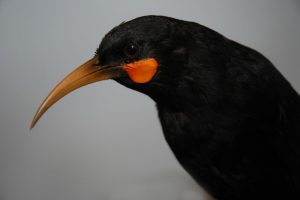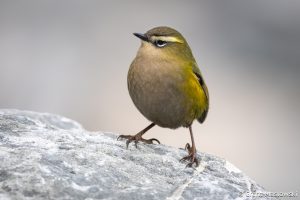Nature’s Voice: Monitoring the Native Wrybill
When I first encountered a wrybill (ngutuparore), I was almost in shock seeing what looked like a deformed bill, pointing to the right. Then I learned that wrybill, a small plover, weighing about 70 grams, is the only bird in the world with an asymmetrically turned bill.
It is endemic to New Zealand, but unfortunately, its conservation status is threatened-nationally vulnerable due to low and declining numbers. The curved bill makes them specialised feeders, able to probe for mayfly larvae under stones where no other birds venture.
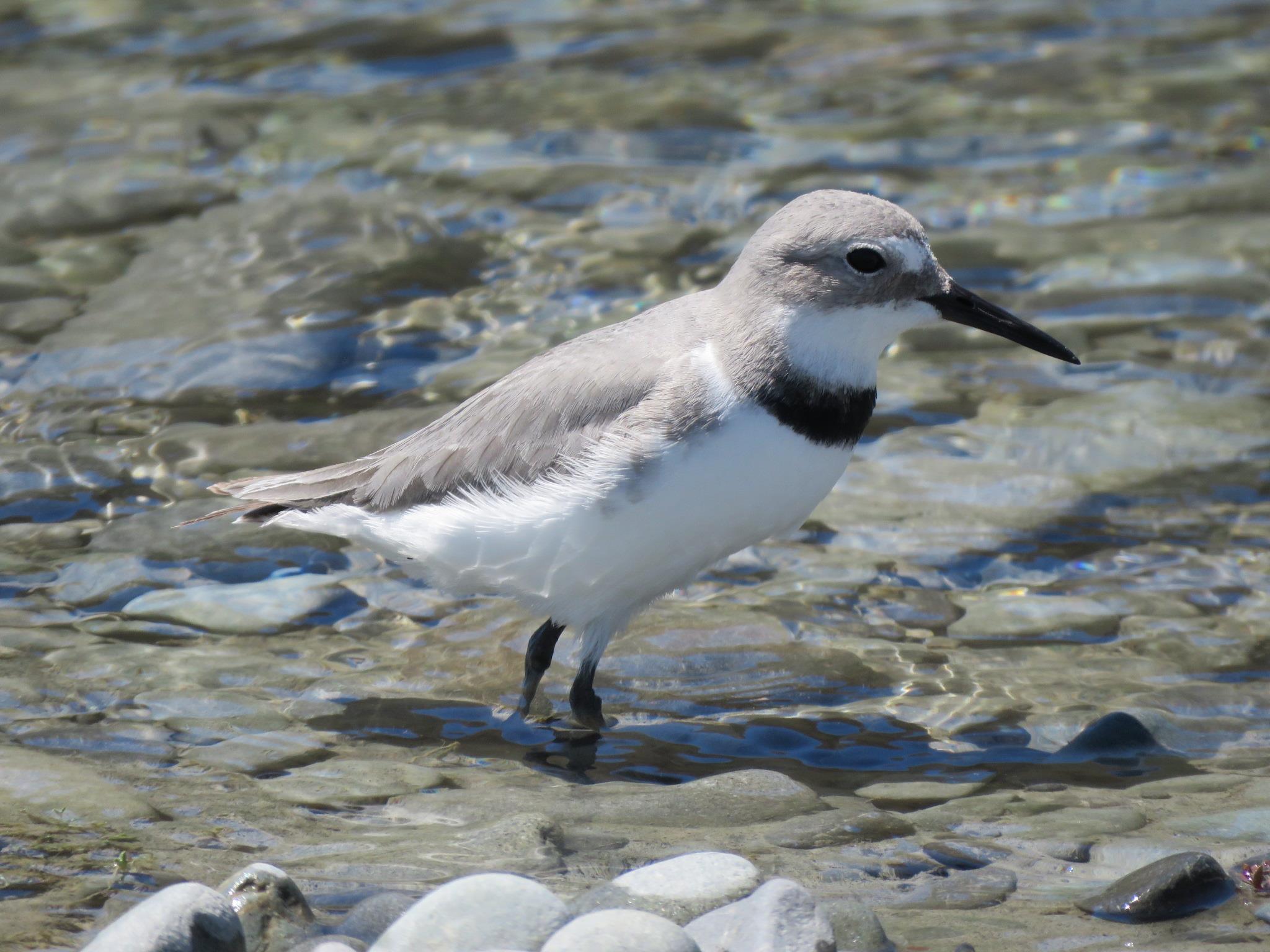
These delightful birds fly into the upper Rangitata river to breed. When the young are grown enough, they fly back to shallow estuaries and sheltered coastal areas up North. The upper Rangitata and Rakaia river beds are prime breeding grounds.
Last week, I was lucky enough to assist the Department of Conservation’s monitoring team in the upper Rangitata. We were observing known wrybill “families”, and checking up on their breeding success. Monitoring of river birds requires a great deal of patience and to do this work effectively, careful close observation is a pre-requisite.
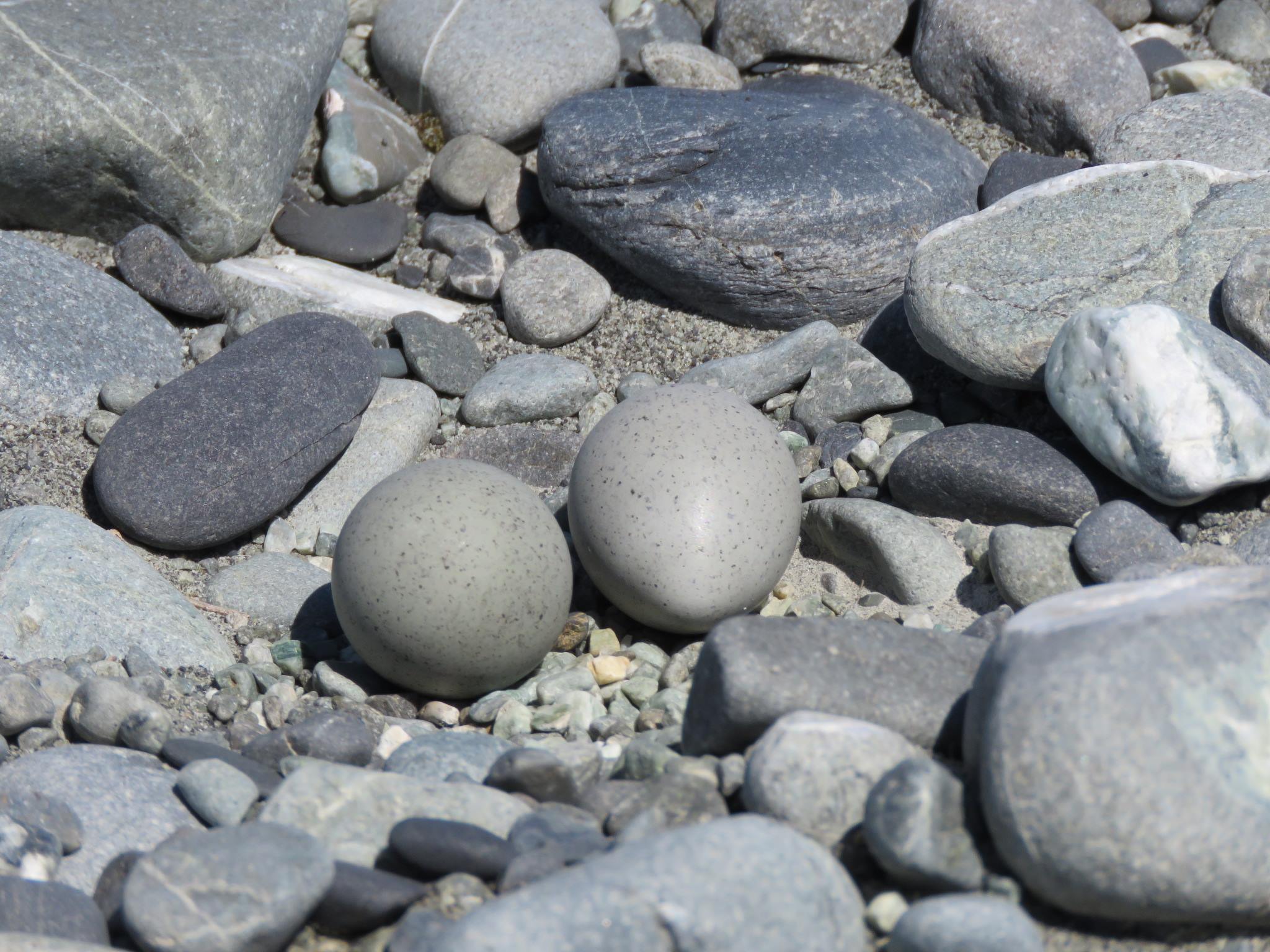
The adult birds are banded before the chicks hatch, so they can be easily identified and the location of nests get recorded and mapped. This makes it easy to find them again and also avoids accidentally standing on a nest. The eggs, a rich mid-grey tone, are well camouflaged in amongst the greywacke stones. The weekly monitoring provides an overview of the progress of chicks which can hunt for food and swim if necessary within hours after fledging.
There are numerous threats to these delightful little birds. A natural threat is the flooding of the river as birds are vulnerable during nesting as they can lose their eggs when the river rises. They have adapted to such events and re-nest if either eggs or chicks are lost.
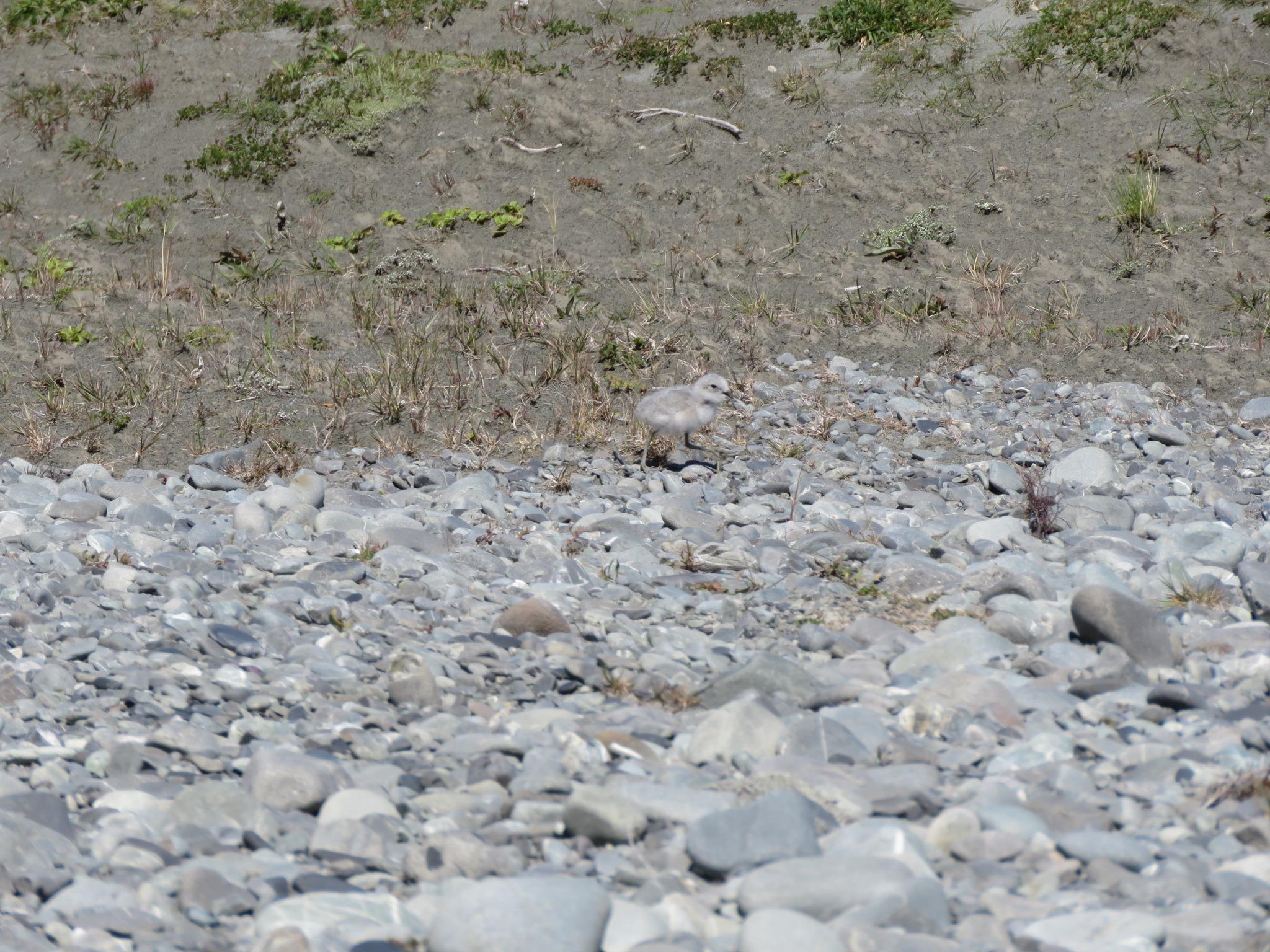
Introduced predators, namely cats, stoats, ferrets, rats and hedgehogs can also wipe out a population. Luckily, landscape-scale predator control is undertaken in the Upper Rangitata by DOC. Invasive weeds tend to provide hiding places for predators and make it unsafe for birds that breed in the riverbed.
The Upper Rangitata Landcare Group instigated plant and animal pest control in the river, and this work is ongoing. Oystercatcher, banded dotterel (a relative of the wrybill), black-fronted tern and stilt now have a much better chance to breed successfully.
Harrier hawk (kāhu) and black-backed gull (karoro) also predate on river bird species. Numbers of the latter have increased dramatically in recent times, and control work to reduce this growing threat is being undertaken.


